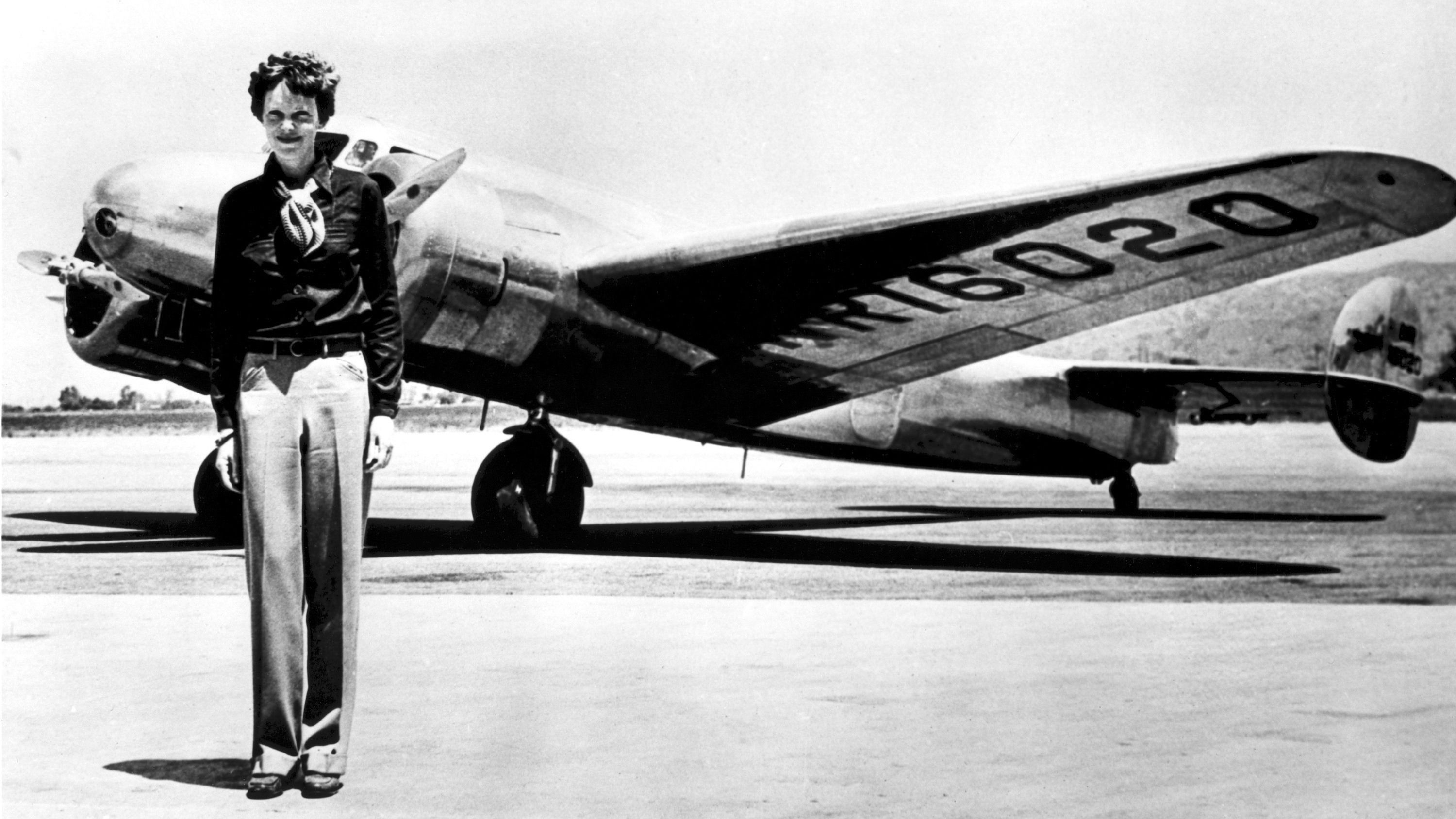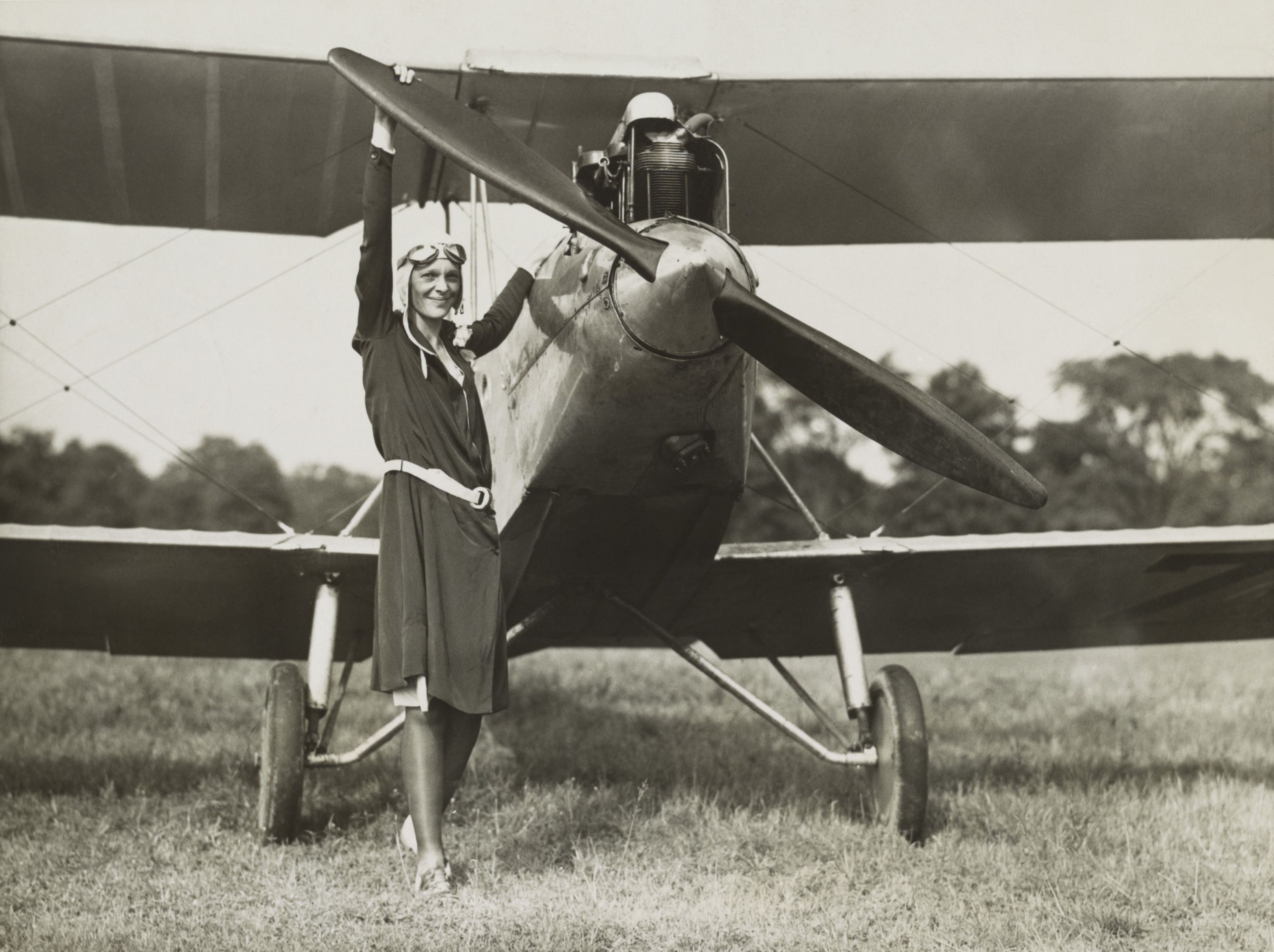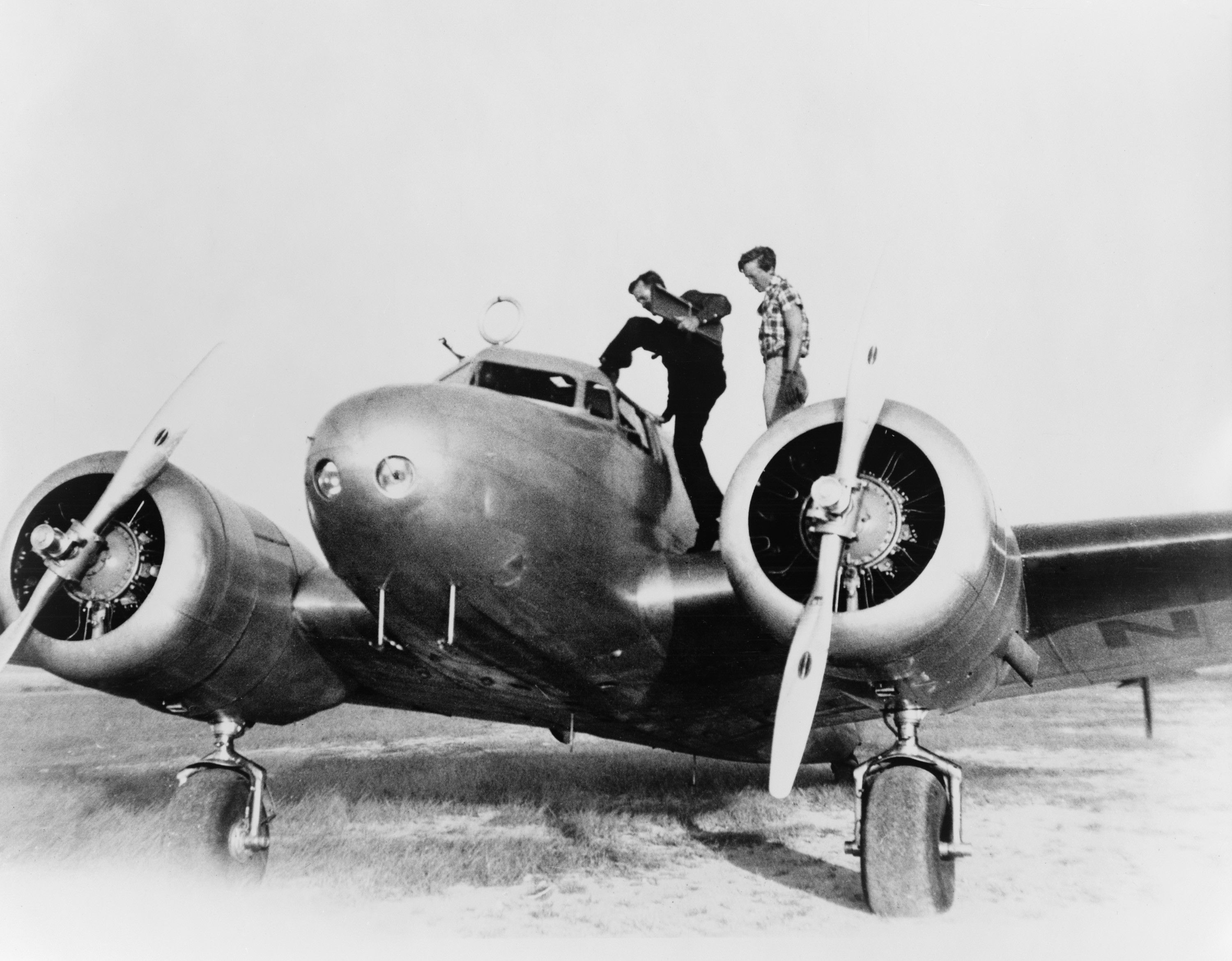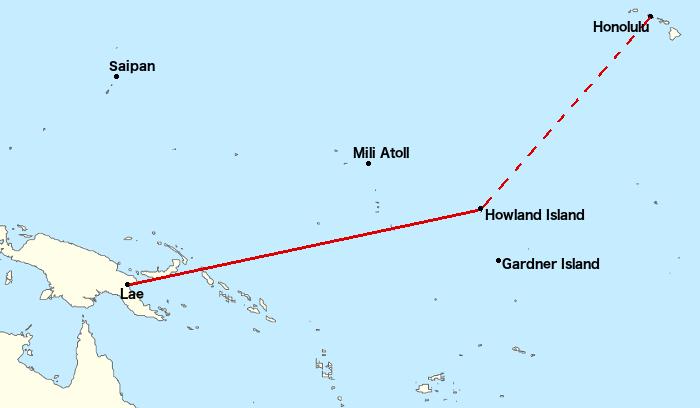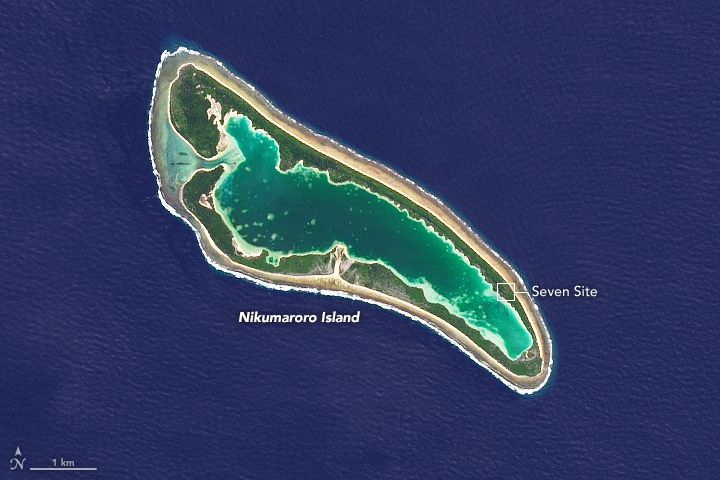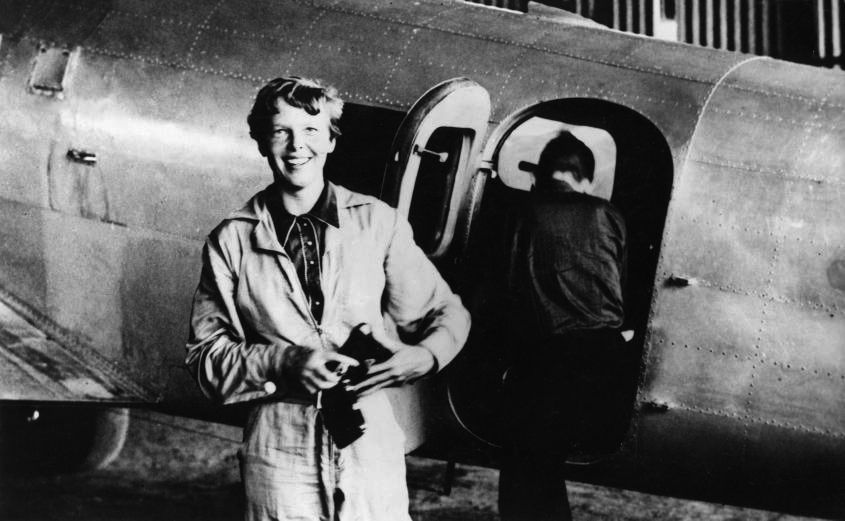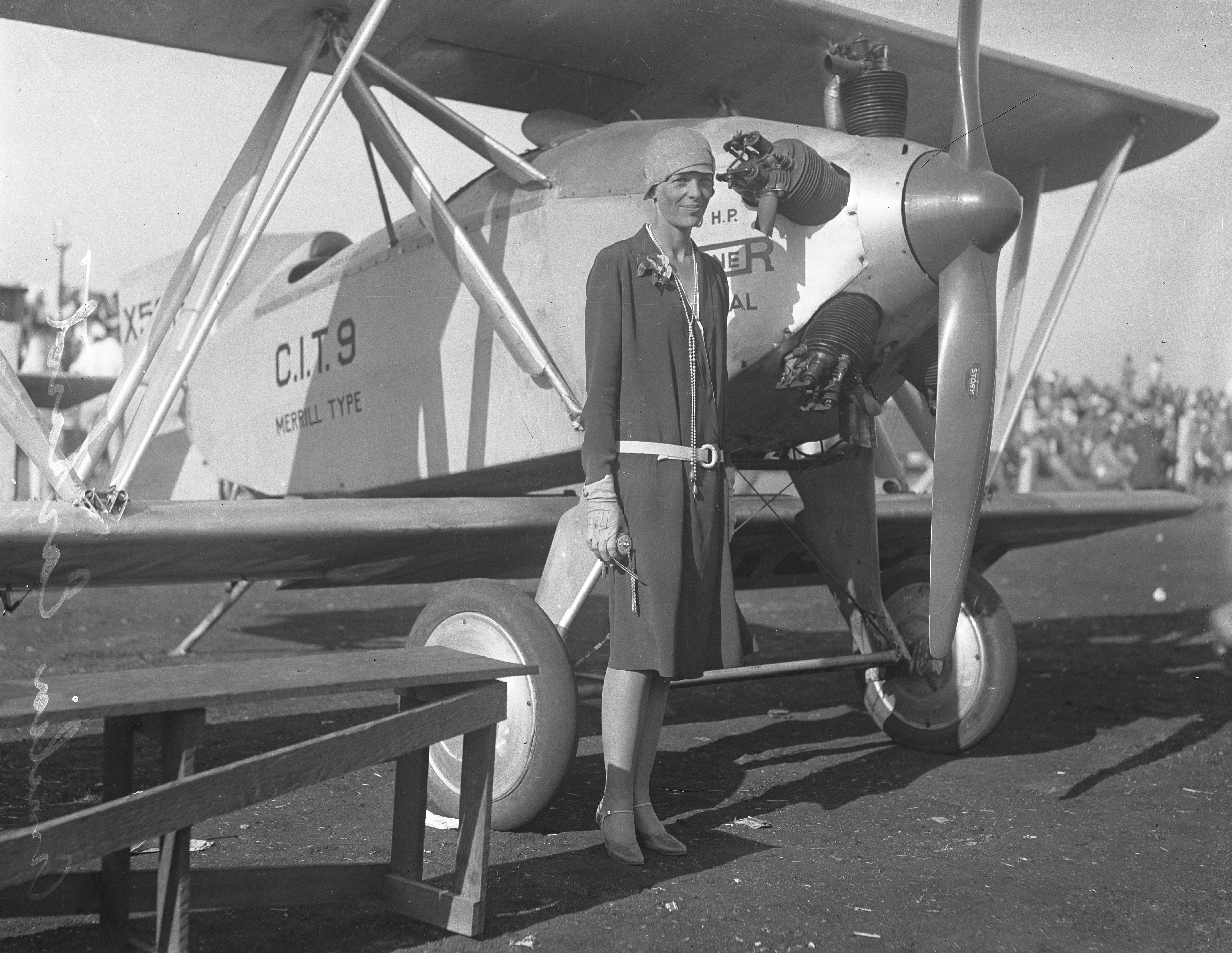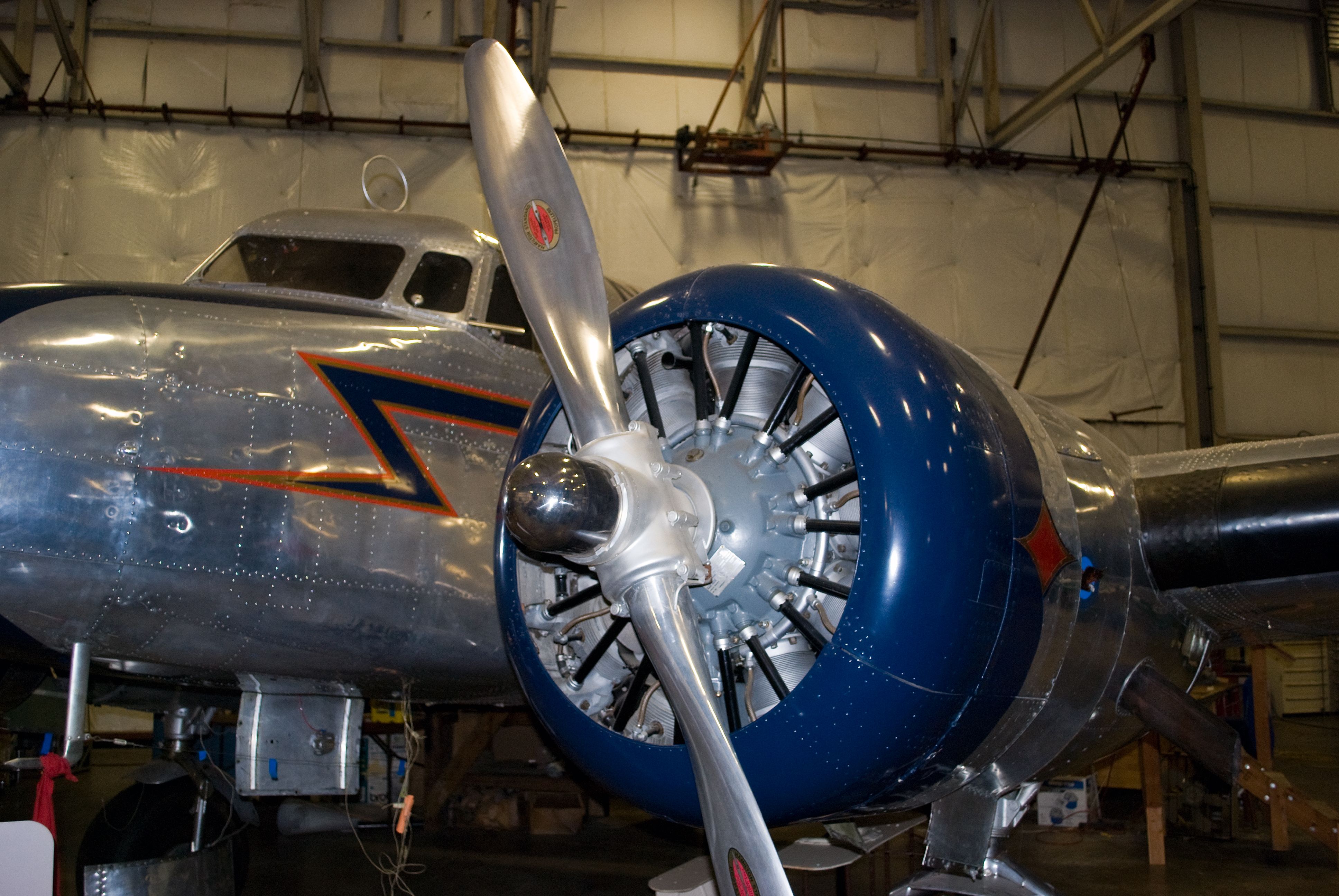Summary
- Amelia Earhart disappeared while attempting to circumnavigate the globe - the official explanation is that her plane ran out of fuel and crashed into the Pacific Ocean near Howland Island.
- Another theory suggests that Earhart and her navigator, Noonan, landed on Nikumaroro Island, but high tides would have washed their plane into the ocean.
- There is a controversial theory that Earhart and Noonan ended up in the Japanese-controlled Marshall Islands and were either executed or shot down.
It has been nearly 90 years since the disappearance of legendary American aviator Amelia Earhart, who went missing over the Pacific Ocean while attempting to circumnavigate the globe.
Before her disappearance, she had achieved several milestones in air travel, promoting the public acceptance of aviation and paving the way for other ambitious female aviators to succeed. She developed a passion for flying at an early age, and in 1932, at 35, she became the first woman and second person after Charles Lindbergh to fly solo across the Atlantic Ocean.
Upon returning to the US, she was awarded the Distinguished Flying Cross (DFC) - a military decoration presented to individuals who distinguished themselves by heroic or outstanding achievement in an aerial flight. She was the first woman to receive the award. Ten years prior, she had become the first female to fly solo at over 14,000 ft. Earhart ultimately pioneered the advancement of women in aviation, but her career was short-lived after attempting to fly around the world.
What happened to Amelia Earhart?
In the summer of 1937, Earhart and her navigator, Fred Noonan, took off in their Lockheed Electra from Lae Airfield in Papua New Guinea bound for Howland Island, an uninhabited coral island located close to the equator almost halfway between Australia and Hawaii.
From what we know, they never made it to Howland Island, and the world has been searching for them ever since. The United States Coast Guard and Navy were sent to search for Earhart and her navigator. Meanwhile, Earhart's husband, George Putnam, hired civilian ships to search for his missing wife. Alas, Earhart, Noonan, and the plane's wreckage were never found despite weeks of searching. People have speculated on the disappearance and what might have happened while scouring the Marshall Islands in search of wreckage or something that could shine a light on what happened.
Even with all the time that has passed, many people continue to study the disappearance of the aircraft and its crew, trying to answer one question - what happened to Amelia Earhart? Like all mysteries, plenty of theories have sprung up about what might have occurred on that fateful summer's day. Here are some of the main ideas discussed over the years.
1. The plane crashed in the ocean near Howland Island
The official explanation of what happened to Earhart provided by the United States government was that the plane ran out of fuel and crashed somewhere in the Pacific Ocean. Before Earhart's fateful journey, the United States sent the Coast Guard cutter Itasca to Howland Island to support Earhart in her quest to circumnavigate the globe. The ship was there to provide air navigation and a radio link to help guide the plane to the remote island. For some reason, radio contact between Earhart and the Itasca was sporadic, which remains a part of the ongoing mystery.
Don't forget, back in 1937, we did not have radar, and the smoke from the ship's funnel was supposed to help Earhart spot the island. When Earhart and Noonan failed to arrive, the speculation was that they got lost and crashed into the ocean after running out of fuel.
About two decades ago, a Maryland ocean research company called Nauticos led an effort to locate Earhart's plane where they believed it might have crashed close to Howland Island. When speaking ahead of the mission, Nauticos President David Jourdan said to National Geographic,
"We are confident it is in the area we are searching. Of course, we cannot guarantee it because it could be on the outside edge, but we are sure it is in the vicinity."
Despite searching an area of about 630 square miles (1,660 square kilometers), nothing was found, as with later missions that scoured the ocean floor. Earhart's stepson, George Palmer Putnam, also believed this theory, as he was quoted saying, "The plane just ran out of gas." Similarly, Earhart's great-nephew and his mother thought that, without any conclusive evidence, the most straightforward theory was the best.
2. Nikumaroro Castaway's
Another theory was that Earhart and Noonan, after being unable to find Howland Island, landed the Lockheed Electra on Nikumaroro Island, a tiny coral island located 350 NM (648 km) southwest of where they were supposed to land. People researching this theory are drawn to a short radio transmission. Earhart told the Itasca that they were flying along "line 157 337." If this is correct, should Earhart have missed Howland, they could have made it to Nikumaroro.
At the time of Earhart's disappearance, the tide would have been low enough on Nikumaroro to provide Earhart with a flat reef surface along the shoreline on which a plane could land. Researchers speculate that even if the pair could have landed on the island, later high tides would have washed the aircraft out into the ocean.
Evidence pointing to the aviators landing on Nikumaroro and becoming castaways surfaced later in the year when the British were considering settling there. A British officer said he came across something that could be seen as an overnight shelter and took a photograph of what people speculate might have been a part of the plane's landing gear.
In 1938, people arrived on Nikumaroro as part of the Phoenix Islands Settlement Scheme and came across what they thought were possibly parts of the missing plane. In 1940, island administrator Gerald Gallagher discovered bones, the remnants of a pair of shoes, and a box that once contained a sextant. The bones were sent to Fiji to be examined and were believed to belong to a European male.
3. Japanese involvement
The third theory, and by far the most imaginative of them all, is that after being unable to locate Howland Island, Earhart and Noonan flew to the Japanese-controlled Marshall Islands. Speculation is that the Japanese thought they were American spies and later executed them. Another view suggests that the pair was not captured but rather that the Japanese shot down their plane.
In a 2017 History Channel documentary, there were also suggestions that the National Archives of Jaluit Atoll in the Marshall Islands housed a picture of the captured Earhart and Noonan. The photograph showed a Caucasian man who looked like Noonan alongside a woman with a hairstyle and physique similar to Amelia's but facing away from the camera. The photo was later debunked, and Japanese authorities also told NBC News that they had no records of Earhart's capture.
Other theories
Some people also believe that Earhart and Noonan returned to the United States under assumed names, with one theory that Earhart became Irene Craigmile and then Irene Bolam after marrying Guy Bolam.
In his book "Emilia Earhart Survived," retired US Air Force Colonel Rollin C. Reineck speculates that Earhart ditched the plane in the Marshall Islands and returned to the USA for national security reasons under an assumed name. He thinks that by landing in the Marshall Islands, the United States used the search for Earhart to perform prewar reconnaissance on the Japanese.
Retired teacher Dick Spink thought that Reineck was on to something and, after doing his research, was confident that Earhart and Noonan landed on Mili Atoll. National Geographic mentions a 2015 interview in which Spink said, "I heard a consistent story from too many people in the Marshalls to dismiss it. They say she landed at Mili. Our uncles and aunts, our parents, and our grandparents know she landed here."
While Spink has his theory of what happened to Earhart and Noonan, other people have called the Marshall Island theory impossible to have occurred. Retired pilot and longtime Earhart enthusiast Elgen Long believes the truth is that the plane ran out of fuel and crashed into the ocean. The plane would have had to float across a vast stretch before reaching the Japanese-occupied territory.
Former World Airways pilot and Lockheed Electra owner Fred Patterson shares Long's belief: "There's just no way she made it to the Marshall Islands. I've done some long-range flying in that airplane myself, and I know exactly what it burns per hour," Patterson added.
Recent findings
In September 2023, another breakthrough was thought to have been reached in the search for Amelia Earhart and her aircraft. Experts revealed a 2009 picture showing what is said to look like the engine cowling of a Lockheed Electra buried close to Nikumaroro. Executive Director of The International Group for Historic Aircraft Recovery (TIGHAR) Ric Gillespie told OnlineMail that the image was undergoing forensic analysis.
The image was taken during an expedition to Nikumaroro 14 years ago, but the similarity to an engine cover and prop shaft went unnoticed until 2023. According to Gilespie, the exact location where the picture was taken was not recorded at the time, meaning any attempts to recover the object were unsuccessful. If the forensic analysis discovers that the cover was from Amelia's plane, it would reveal what happened to her but debunk TIGHAR's theory of Earhart and Noonan landing and settling on Nikumaroro. However, there have not been any reports of the analysis since.
For now, what happened to Earhart and Noonan remains a mystery and will likely remain so for years. Only conclusive evidence of the wreckage may be able to shed light on the 1937 event and finally solve the nearly nine-decade-old mystery.
What do you think happened to Amelia Earhart? Please share your theory in the comments!
Sources: National Geographic, Daily Mail, USA Today

